[ad_1]
I don’t have an ancestral house as many haunted house story heroines do. In fact, sometimes, I don’t know exactly what “my house” or “home” is.
The concept has an ever-shifting, transient meaning to an immigrant like me. Most of the time, I feel that I am home in my house in the States with my daughter and husband. But part of the time, I feel as though a vital piece of me is missing, that my home is still my grandparents’ flat in Moscow, where I lived until I was seven years old before immigrating to America.
What I do know of home is that it is a reflection of the people who live in it. When my husband is away from our house, it feels a little darker, a little sadder and emptier, somehow unlived in. When I went back to my grandparents’ home after their passing, which I consider kind of like my ancestral home, it was not the same as I remembered. The house had a pall over it, everything inside it appearing a bit shabbier, a lot older. The ghosts of my grandparents were everywhere.
That is how my sophomore novel, The Haunting of Moscow House, came about—during the pandemic, and after having lost both of my grandparents. I couldn’t move on from thoughts of them, as well as the rest of my family that is no longer with us. Based on a real family and a real house, Moscow House is a historical gothic about two formerly aristocratic sisters whose family has been dispossessed during the 1917 Russian Revolution and who are forced to move into the attic of their old ancestral house, now haunted by their dead family that is desperate to reveal the secrets of what really happened to them during the Revolution. Like me, the sisters cannot live their lives until they make their peace with the past—and with the dead. Like me, they must come to terms with their loss to pave for a better future.
But the house tries to prevent them. In fact, the house becomes a reflection of the secrets it holds as they begin to surface and fester. Mold sprouts on its walls, water stains form on the attic ceiling, insects and critters crawl out of its shadows. The house begins to crumble and decay as blood ties are tested and the ghosts seek a return to the past that is dead and buried.
The list below focuses on literary haunted houses that, like Moscow House, reveal their secrets through themselves in an often physical, visceral way. These homes become a metaphor, indeed, their own characters, for what is happening to their inhabitants and the traumatic past threatening to spill out. Each has a “crumbling feature” that is distinct, creative, and fresh, proving to us that there are many ways in which our essence can live on in our homes even after we are long gone.
Mexican Gothic by Silvia Moreno-Garcia
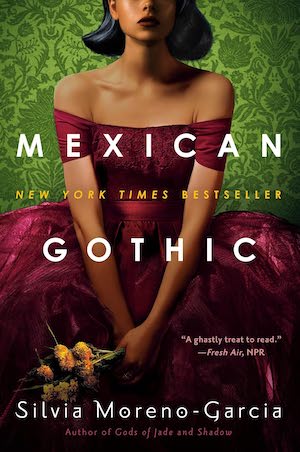
This list wouldn’t be complete without Silvia Moreno-Garcia’s modern gothic masterpiece. At first, the secrets of the house, High Place, are revealed to the protagonist, Noemí Taboada, through dreams of blood and doom that show the twisty history of the family and their incestuous intermarriages. Dreams become horrifying reality when Noemí discovers the family’s bloodline is fueled by a mushroom from long ago that heals and extends life. Over time, it has infused the house with its spores, forming a direct relationship with the house’s inhabitants. This was a fresh (and deliciously disgusting) way to reflect one family’s obsession with immortality and colonial power.
Crumbling Feature: fungi
The Fall of the House of Usher by Edgar Allan Poe
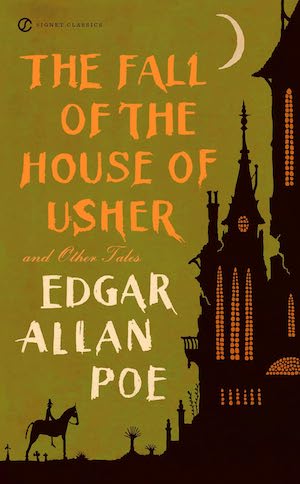
This oldie but goodie never fails to send chills up and down my spine, especially with how Poe mirrored the decay of the people living in the house on the house itself. The beginning of the short story is one of the most memorable and classic examples of “a crumbling house,” with gothic descriptions of “bleak walls,” “vacant eye-like windows,” and “decayed trees,” filling even the reader with the narrator’s “sense of insufferable gloom.” Especially when he sees the decay of his old friend, Roderick Usher, now a “wan being,” a cadaver—much like his house. Usher’s spirit is affected not only by his sister’s illness, but by the gloom of the house itself. As Usher’s madness intensifies, and the narrator succumbs to horror, the house literally fragments.
Crumbling Feature: classic decay
The Devil and Mrs. Davenport by Paulette Kennedy
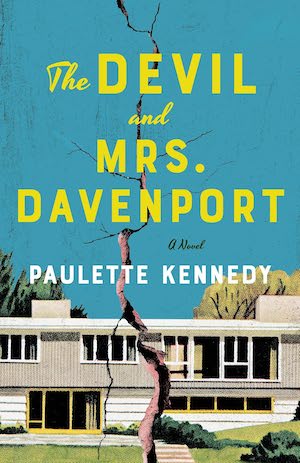
Loretta Davenport is a 1950s housewife whose picture-perfect marriage starts to crack when a local girl is murdered, and Loretta starts to hear the voices of the dead—and tells her husband, Pete, about it. The house becomes a metaphor for their deteriorating marriage, the secrets at its heart. Everyone under the house’s roof is affected, including Loretta and Pete’s children, and the house begins to fracture from the pressure. Brilliantly, the cracks are in Loretta’s proverbial female domain of the kitchen, running from window to ceiling. A particularly horrific scene is when Pete tries to rape Loretta there, and china falls to the floor. When her husband demands what the hell is going on, she blames earthquakes and starts to laugh. The house is not only revealing the cracks in her marriage but protecting her—as a good feminist house ought to do.
Crumbling Feature: a not so imaginary earthquake
The September House by Carissa Orlando
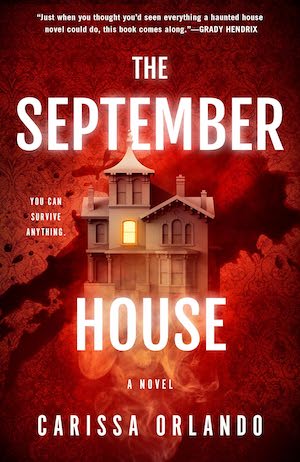
You can’t beat the first line of the first chapter in The September House: “The walls of the house were bleeding again.” We quickly learn that this happens every September, accompanied by a moaning that escalates toward the end of the month into a screaming, as well as the appearance of the ghosts of former inhabitants. On the surface, the bleeding walls and the hauntings are the house’s way of leading the protagonist, Margaret, to its tragic history, including her husband’s disappearance. But underneath, the house is a darkly comedic psychological reflection of Margaret herself—her desire for her dream family and dream home, haunted or not, as she unravels from the emotional and physical toll of it all.
Crumbling Feature: a house that bleeds
The Invited by Jennifer McMahon
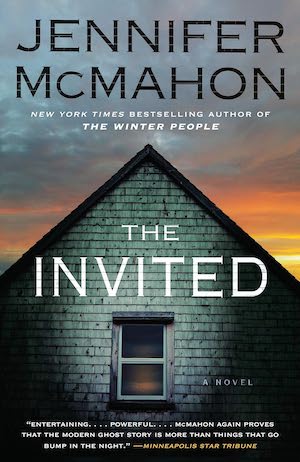
This is a clever variation of the dream home scenario. On first look, The Invited house is the opposite of crumbling: it is a new construction built by the protagonist couple, Helen and Nate. But the land they build their dream home on is haunted; so are the old, reused materials and objects they salvage to keep a little of its history. The opposite happens here to the stories above. It is only as the foundation comes up, the framing is done, the plywood is installed, and so on, that Helen starts to see the apparitions of three generations of women who died tragically on the property. The house reveals more about its ghostly inhabitants as it is actively being built. This is an entirely fresh take on the haunted house genre and the crumbling feature.
Crumbling Feature: a haunted land and its materials used to build new house
Buy the Book
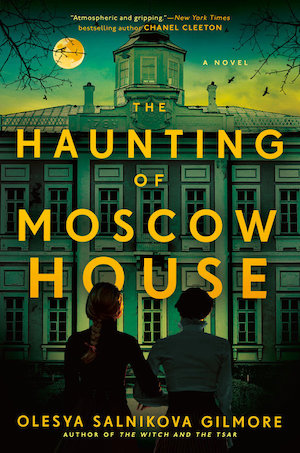

The Haunting of Moscow House
[ad_2]
Source link

